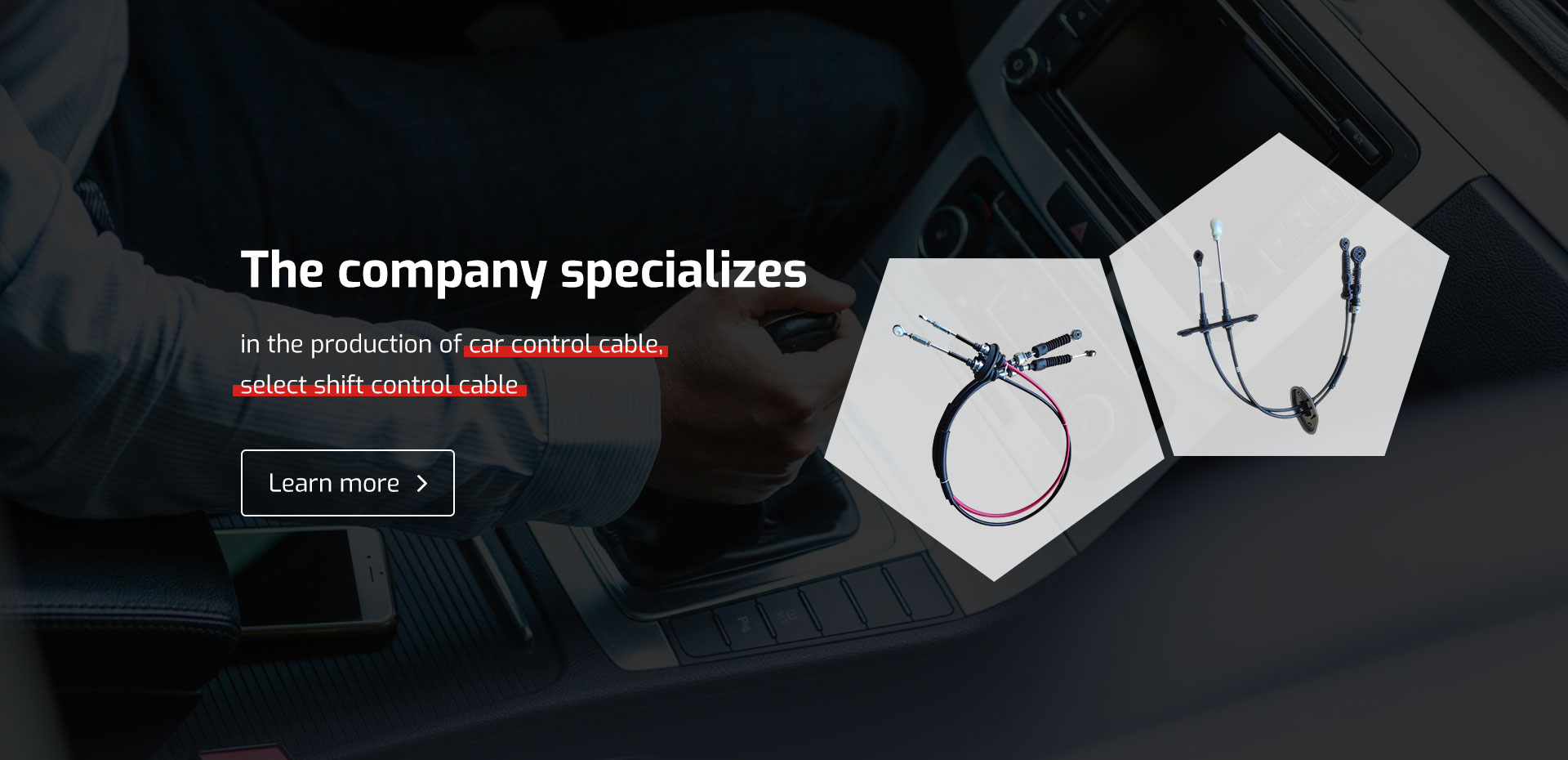Understanding the Function and Importance of E Brake Wire in Vehicles
Understanding the E-Brake Wire An Essential Component for Vehicle Safety
In modern automobiles, safety remains a paramount concern for both manufacturers and consumers alike. Among the many components that contribute to a vehicle’s safety features is the emergency brake system, commonly known as the e-brake or handbrake. A crucial part of this system is the e-brake wire, which plays a vital role in ensuring that the emergency brake operates effectively when called upon.
The e-brake, typically activated by a hand lever or foot pedal, is designed to engage the vehicle’s rear brakes independently from the primary brake system. This feature becomes particularly important in situations where the main braking system fails or when a driver needs to quickly halt a vehicle, especially on inclines. The e-brake wire connects the lever or pedal to the brake calipers, allowing for a direct mechanical link between the driver’s input and the brake system.
How the E-Brake Wire Works
The e-brake wire (or cable) is usually made of high-strength steel and is designed to endure significant tension and wear over time. When the driver engages the e-brake, the lever or pedal pulls on the wire, which in turn engages the brake mechanism at the rear wheels. This process tightens the wire and pulls on a lever attached to the brake caliper, pressing the brake pads against the rotors and stopping the vehicle.
Over time, the e-brake wire can suffer from wear and tear due to exposure to various environmental conditions, including moisture, salt, and road debris. This degradation can lead to a decrease in the effectiveness of the emergency brake. Therefore, regular inspections of the e-brake system, including the wire, are essential for maintaining vehicle safety.
Signs of E-Brake Wire Problems
e brake wire

Drivers should be aware of several key indicators that the e-brake wire may be failing or in need of maintenance. These may include a noticeable increase in the distance required to engage the emergency brake, a feeling of looseness or play in the handbrake lever, or unusual noises when the e-brake is engaged. If any of these symptoms occur, it is advisable to have the vehicle inspected by a qualified mechanic promptly.
Another common issue is rust or corrosion affecting the e-brake wire, particularly in regions where roads are frequently treated with salt during winter months. If not addressed, corrosion can weaken the wire, potentially leading to a complete failure of the emergency brake system, which can pose serious safety risks.
Maintenance and Replacement
Maintaining the e-brake wire is relatively straightforward but often overlooked. Regularly checking the cable for signs of fraying, rust, or damage is important. If the wire is found to be damaged, it should be replaced immediately to ensure the emergency brake functions correctly.
Replacement involves detaching the damaged wire from the brake mechanism and the lever and installing a new cable. This process may vary depending on the make and model of the vehicle, so owners should consult their vehicle's manual or seek professional assistance when necessary.
Conclusion
In conclusion, the e-brake wire is a critical component of the vehicle's emergency braking system, playing a vital role in ensuring safety on the road. By understanding its function, recognizing potential problems, and committing to regular maintenance, drivers can ensure that their e-brake system remains reliable. Ultimately, a well-maintained emergency brake system can provide peace of mind, knowing that the vehicle will respond effectively in emergency situations. Always remember safety first, and taking care of every part of your vehicle contributes to overall road safety.
-
Workings of Clutch Pipe and Hose SystemsNewsJun.04,2025
-
The Inner Workings of Hand Brake Cable SystemsNewsJun.04,2025
-
The Secrets of Throttle and Accelerator CablesNewsJun.04,2025
-
The Hidden Lifeline of Your Transmission Gear Shift CablesNewsJun.04,2025
-
Demystifying Gear Cables and Shift LinkagesNewsJun.04,2025
-
Decoding Clutch Line Systems A Comprehensive GuideNewsJun.04,2025
